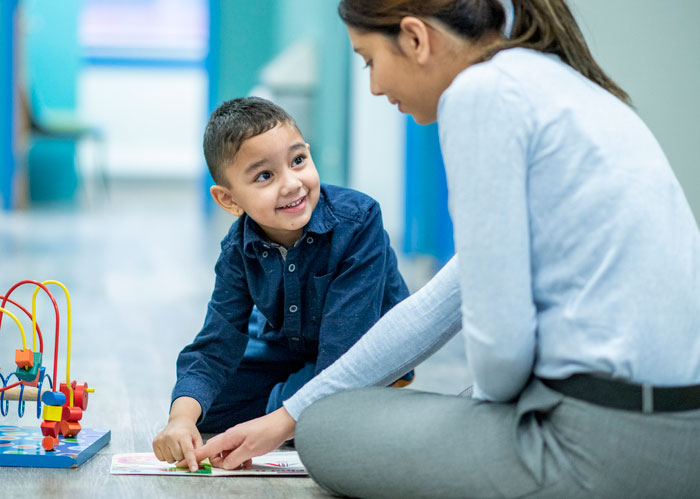In today’s world, ensuring the safety of young children is a top priority in modern preschools. Parents and caregivers expect a secure, nurturing environment where children can learn, grow, and explore without unnecessary risks. To meet these demands, preschools are incorporating a variety of safety measures that go beyond basic supervision to create environments that are both physically and emotionally secure. One of the most critical aspects of preschool safety is physical security. Schools are designed with child-proofing in mind, with features like rounded corners on furniture, soft flooring materials to prevent injury from falls, and gated areas to restrict access to unsafe spaces. Many modern preschools utilize child-safe locks on cabinets and doors to ensure that hazardous materials such as cleaning products, chemicals, or sharp objects are out of reach. Additionally, classrooms are regularly checked for any potential hazards, and any broken equipment or unsafe structures are immediately removed or repaired.

Furthermore, modern technology plays a key role in enhancing safety. Many preschools have surveillance cameras in place to monitor activity throughout the day. These cameras help ensure that any incidents are recorded, offering an extra layer of accountability. Security systems such as controlled access entry points with keycards or biometric scans prevent unauthorized individuals from entering the premises, ensuring that only approved adults have access to children. Another significant safety measure is the emphasis on child-to-staff ratios. Research shows that the smaller the group of children, the better the attention and supervision they receive. By maintaining low staff-to-child ratios, teachers and caregivers can more effectively monitor children’s behavior, intervene when necessary, and ensure that each child is kept safe and engaged. Teachers are also trained in first aid and CPR, ensuring they can respond quickly and effectively in the case of an emergency.
Social and emotional safety is just as important as physical safety. Modern preschools focus on fostering a positive, inclusive environment where children feel valued and respected. Anti-bullying programs and social-emotional learning curricula are designed to teach children to recognize and express their feelings while also helping them understand the importance of kindness, empathy, and conflict resolution. These practices help create a school culture where children feel emotionally safe and supported. Modern preschools go beyond traditional safety protocols by implementing advanced physical safety measures, leveraging technology, preschool in Kuala Lumpur ensuring proper staff-to-child ratios, and promoting emotional well-being. Through a combination of these strategies, preschools provide an environment where children can thrive, learn, and explore without unnecessary risks.
